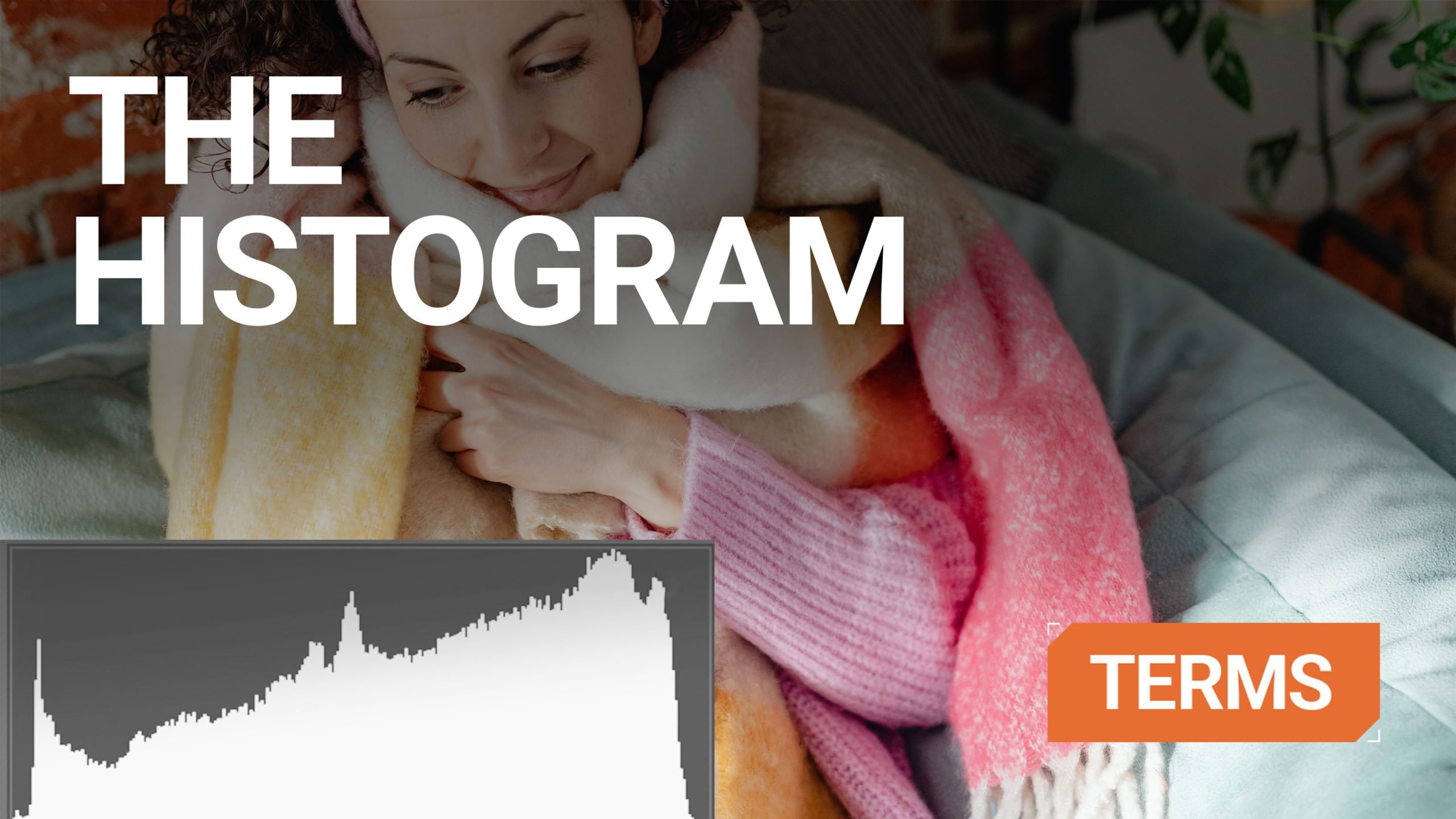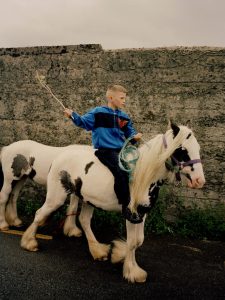
Scrolling through the menu on your camera, you might have an option to ‘display histogram’, or something similar. When you open an editing suite like Lightroom, you’ll notice a graph in the top right corner, which is a histogram. But what is a histogram when it comes to photography? Why do you need one, and how do you use one? The short answer is that they help you nail your exposure. But let’s look at them in more detail.
[Learn Photography: Aperture | Shutter Speed | ISO | Exposure Triangle | White Balance | Panning | Vinneting | TTL | More…]
What is a histogram?
Think back to primary school when you were learning to use graphs and charts. I bet one of the first types of graphs you used and created was a bar chart or bar graph. Along the x or horizontal axis, you have the different things that you are counting. The frequency or count goes up the y or vertical axis.
A bar chart is also known as a histogram.
How do we use histograms in digital photography?
A photo’s histogram is a graphical display of how bright it is. Every pixel is given a brightness value, and then they are counted.
The brightness of the pixels goes on the horizontal or x-axis. There are 256 columns. It starts at 0, which is pure black on the left side of the graph. The furthest column on the right, 255, counts the pure white pixels. These have a brightness of 100{dec81a57ec3e1a4623dd7cc80e0ee00b94fc00706d110c43e3c0c8fbfc0c9a3d}. Your histogram runs from shadows on the left to highlights on the right.
You know how many pixels have these different brightness by reading the vertical or y-axis.
Reading a camera’s histogram
Together, all of the bars on a histogram are known as the tonal range of a photo. When you have any pixels in the 0 column, then you have areas of pure black in your photo. There is no shadow detail at all here. If there are any pixels counted on the far right then you have blown out highlights and areas of pure white in your image.

In theory, a well-exposed photo has a histogram that looks like a bell curve. You need one or two pixels that are almost completely black and the same for totally white. The majority of the pixels should be in the midtones, so the graph rises to a peak in the middle or slightly to the right.
A spike on the right side of the graph tells you that you have an over-exposed area in your photo. If there’s a spike on the far left, then you have a large under-exposed area.



histogram “shapes”
We know that a “perfectly exposed” photo with a good contrast range will have a graph that rises to a peak in the center or center-right. But correct exposure looks different for every photo we take because every photo tells a different story. Sometimes we take photos that are meant to show extremes of light and shadow. In which cases, the right or the left side of the histogram will show a greater number of pixels.
High key
A high-key image is a photo that is deliberately very bright and maybe almost overexposed. You might’ve taken it on a very sunny day. It could be a snow scene. It could even be a product shot on a white background. When you look at its histogram, most the pixels will be toward the right side of the graph. There might even be some clipped highlights.
Low key
Low-key images are the opposite of high-key images. They are dark and moody. You are almost veering into underexposure with them. When you look at a low key histogram, most of the data will be toward the left side of the graph. If there’s a flash of bright light in the shot then it will show up on the right-hand side of the graph.
High contrast
A high-contrast image has a strong variation in both bright and dark areas. This will show up on a histogram with spikes toward the left and right sides of the histogram. The graph will probably dip in the center.
Low contrast
Low-contrast scenes have a very even distribution of light and dark pixels. Rather than having a peak, you could say a low-contrast scene’s graph resembles a hillock.
Using a histogram for ‘good’ exposure
Your camera’s LCD screen can give you a rough idea if a photo is over- or underexposed. But if you look at its histogram, you will have a much more accurate reading of it.
Remember: there’s no single ‘correct’ shape for a histogram. How your histogram looks is going to depend on the type of photo that you are taking. But when you have an understanding of what a histogram is telling you, then you can use it to take better photos.
Overexposure
To check if an image is overexposed, look at the right side of the histogram. A concentrated pixel count there says it’s probably overexposed. If any of the count is touching the right edge of the graph, this shows clipped, or blown-out, pixels. These pixels have no data at all in them. If there are one or two, it’s not a problem, but too many isn’t good.
Unless you are shooting a high-key image and this is intentional, you need to adjust your exposure. You can do this by using a smaller aperture or a shorter shutter speed. Check the ISO, too. You might have left it accidentally too high.
Underexposure
If there are units in your graph touching the left side of the histogram, they don’t contain any data either. But these are completely black pixels, rather than white. Lots of units on the left side of the graph means your photo is probably underexposed.
If it’s a deliberately low-key image this isn’t necessarily a problem. But for a ‘normal’ photo, it means it’s underexposed. You can correct this with a wider aperture, a longer shutter speed, or a higher ISO.
Exposing to the right
You will often hear photographers talk about ‘exposing to the right’. This means pushing the peak of your graph as far to the right as you can without clipping the highlights. But why would you want to do this? It’s almost as if you are deliberately overexposing your photos.
By exposing to the right, you can capture a wider dynamic range. There is more information stored in the image, which means that you can do more with it when post-processing.
Different types of histogram
We’ve been talking about the luminosity histogram up to this point. It measures the brightness in an image. However, you can also use histograms to measure the red, blue, and green channels in an image. You can do this for the individual colours, or for all three combined. The RGB histogram shows the volume of pixels in an image that are red, green, or blue in one graph. This is helpful to make sure that you don’t clip just one of the colours when you are shooting.
Wrapping up
There’s a lot of information in a histogram, but when you get used to reading them you will find them very helpful. The most important thing to remember is that there isn’t a ‘right’ or a ‘wrong’ histogram shape. It’s just about interpreting what it tells you and using the knowledge to get the photos you want.
FAQs
A histogram is a graph showing the distribution of pixels ranging from light to dark in an image.
You don’t have to use one, but they will help you to get a good exposure for your images.
There is no right or wrong histogram shape. They look different depending on the type of photo you’ve taken.
A histogram can tell you if you have over- or underexposed your image and if you have clipped your highlights or lost too much detail in the shadows.






